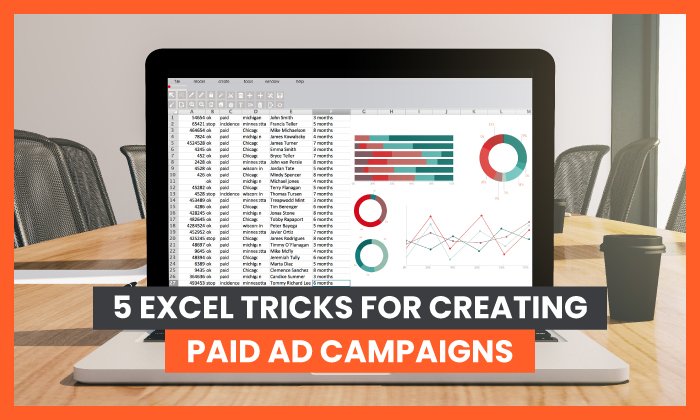Your Brief Guide to Using Goal Seek in Excel

Successful marketers make informed decisions quickly using a combination of gut instincts and data analysis. They know the end goal, and figure out what it takes to get there.
One way to fill in those gaps is by using Goal Seek in Excel. The function is helpful when you know your desired result, but you’re not sure how to reach it.
Maybe you want to improve your conversion rate to get more qualified leads but don’t know how many people you need to attract. Or let’s say your marketing team is aiming for an audacious revenue goal and you want to know how many customers you have to bring in with an upcoming campaign. If you’re running a promotion, you likely need to figure out what discount to apply so you don’t wind up with a loss.
Goal Seek is the answer. Understanding how to apply it to your marketing or sales efforts can inform your strategy by letting you calculate the numbers required to achieve your goals.
This post will explain how to use Goal Seek so you can start planning for your next campaign or making projections for the upcoming quarter.
What is Goal Seek in Excel?
Goal Seek is a powerful Excel function for conducting a what-if analysis. Also known as a sensitivity analysis, it helps you understand what can happen when you change one or more variables. Essentially, it’s a way to conduct a reverse calculation within an Excel spreadsheet.
Imagine you’re creating a marketing strategy for the next six months. You can use the Goal Seek Excel function to figure out the following unknowns.
- What percentage of month-over-month growth do you need to double your reach by the end of the year?
- How much can you spend on freelance design work without exceeding your outsourcing budget?
- How much revenue do you need to bring in to break even on (and profit from) your upcoming email marketing campaign?
Finding answers to these questions can prevent unexpected outcomes and missed goals. Instead of wondering “what-if” when building a strategy, you can cut out uncertainty and give yourself a roadmap for success.
Before you finalize any plans, let’s walk through the steps to conduct an analysis.
How To Use Goal Seek In Excel
Setting up a Goal Seek calculation is simple once your data is organized.
In the following example, I want to evaluate the percentage of customers coming in through various marketing channels. The goal is to bring in 50% of customers through marketing efforts by the end of the year.
I first populate the table using the average month-over-month (MoM) growth to see the projections for June to December. I know I have an email campaign planned for the beginning of December, and I want to see how many customers I’d have to bring in to reach my 50% goal.
Step 1: Select the cell with the output you want to change (i.e., % of customers …read more
Source:: HubSpot Blog

![Download 9 Excel Templates for Marketers [Free Kit]](https://no-cache.hubspot.com/cta/default/53/9ff7a4fe-5293-496c-acca-566bc6e73f42.png)








